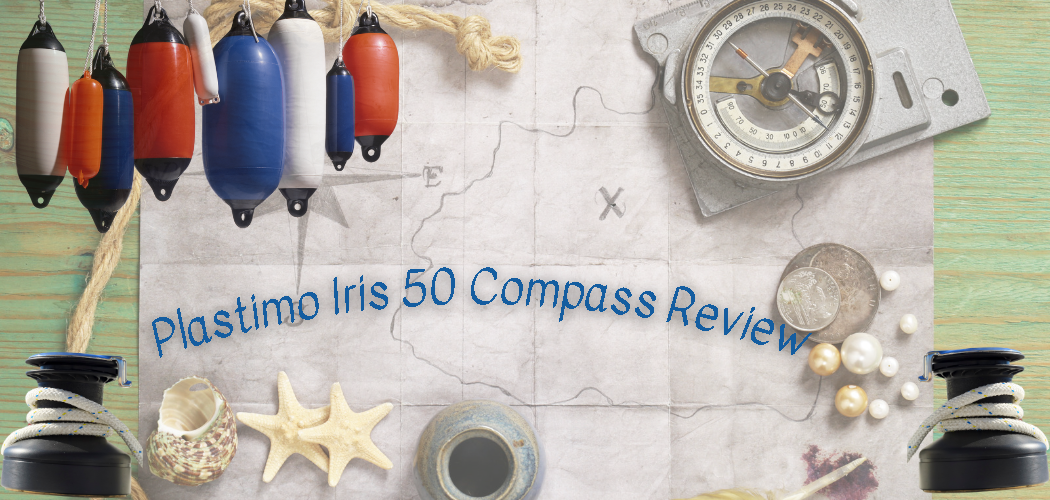What is a Liferaft, How does a Liferaft work?

When you’re out at sea, your safety is of the utmost importance. Whether you’re on a leisurely cruise or a commercial vessel, you need to be prepared for emergencies that can arise. One such emergency is when a vessel sinks or capsizes, and you’re left stranded in the water. In such situations, life rafts can prove to be the difference between life and death.
In this article, we will discuss everything you need to know about life rafts, including their types, how they work, and what to consider when choosing the right one.
Table of Contents
Types of Life Rafts:
There are two main types of life rafts – inflatable and rigid. Inflatable life rafts are made of rubber or synthetic materials and can be manually or automatically inflated. Rigid life rafts, on the other hand, are made of fiberglass, aluminum, or other materials and are already inflated when deployed. Inflatable life rafts are more common on smaller vessels, while rigid life rafts are usually found on larger commercial vessels.
How Life Rafts Work:
Life rafts work by providing buoyancy and a safe haven for occupants in the event of an emergency at sea. There are two main types of life rafts: inflatable and rigid. Inflatable life rafts are typically stored in a container and can be manually or automatically inflated. Rigid life rafts are made of durable materials like fiberglass and are designed to withstand harsh marine conditions.
Regardless of the type of life raft, they are designed to provide buoyancy and stability in the water. This is achieved through the use of buoyancy chambers, which are compartments within the life raft that are filled with air. These chambers provide the life raft with the necessary buoyancy to stay afloat and remain stable in the water.
Life rafts are also equipped with survival equipment to help occupants survive until they are rescued. This equipment can include flares, signaling devices, and emergency provisions like water and food. Inflatable life rafts often have an emergency inflation system that automatically inflates the raft in the event of an emergency. Rigid life rafts are designed to be manually deployed by pulling on a release mechanism.
Once deployed, occupants can enter the life raft and secure themselves inside. The life raft will typically have a canopy to provide shelter from the sun and the elements, and may also have a sea anchor to help stabilize the raft in rough seas.
It’s important to note that life rafts are not designed for long-term survival at sea, but rather to provide temporary shelter until occupants can be rescued. Occupants should be prepared to use the survival equipment provided and follow the do’s and don’ts of life raft usage to increase their chances of survival.
Choosing the Right Life Raft:
Choosing the right life raft is crucial to ensuring your safety in an emergency situation at sea. There are several factors to consider when selecting a life raft, including the number of occupants, vessel type, and trip duration, canister or valise..
The number of occupants is perhaps the most important factor to consider when choosing a life raft. Life rafts are rated based on the number of occupants they can safely accommodate, and it’s important to choose a life raft that can comfortably hold all the occupants on board your vessel. Overcrowding a life raft can lead to instability and increase the risk of capsizing.
The type of vessel you have is another important consideration. Different types of vessels may require different types of life rafts, and it’s important to choose a life raft that is appropriate for the vessel’s size and intended use. For example, a rigid life raft may be more appropriate for a larger vessel with a dedicated storage area, while an inflatable life raft may be more suitable for a smaller vessel with limited storage space.
The duration of your trip is also a factor to consider when choosing a life raft. Life rafts are rated based on the amount of time they can provide shelter and survival equipment for occupants. If you plan on taking longer trips, it’s important to choose a life raft with provisions and equipment that can sustain occupants for the duration of the trip.
When selecting a life raft, it’s also important to ensure that it meets safety requirements set by regulatory bodies like the Maritime and Coastguard Agency (MCA). The MCA sets strict safety standards for life rafts, and choosing a life raft that meets these standards can ensure that you have the best chance of survival in an emergency situation.
What should be included in a liferaft?
A liferaft should be equipped with essential supplies and equipment to ensure the survival of individuals on board until rescue arrives. The items that should be included in a liferaft may vary depending on the type and size of the raft, but generally include:
- Drinking water and food rations
- Emergency signalling devices (such as flares or a distress beacon)
- First aid kit
- Waterproof protective gear (such as ponchos or blankets)
- A manual hand pump for inflation
- A survival manual or instruction booklet
Do’s and Don’ts:
Dos
- Always check your life raft before setting sail to ensure it is in good condition.
- Familiarize yourself with the operation and deployment procedures of your life raft.
- Keep the life raft in a readily accessible location.
- Store additional survival equipment and provisions in the raft.
- Signal for help using flares or signaling devices.
- Stay calm and focused in an emergency situation.
Don’ts
- Don’t attempt to inflate a life raft while still on board a sinking vessel.
- Don’t launch the life raft prematurely or unnecessarily.
- Don’t overload the life raft beyond its capacity.
- Don’t use the life raft for any purpose other than survival.
- Don’t open any survival equipment or rations unless absolutely necessary.
Remember, You should ALWAYS step up into a liferaft!
Usage Tip!
If you have the time and know for absolute certain that you will have to abandon ship, launch the liferaft and bring it to the side or rear of your vessel. Tie off the liferaft loosely while every one climbs in one at a time, this way there is no need to enter the water and you should all remain dry (ish).
Only release the line from the vessel at the last possible minute. There are more abandoned boats on the seas than one thinks, due mostly to Owners thinking the vessel was going to sink, and then it didn’t. Proving the point that launching its liferaft was probably totally unnecessary!
The Sea Cruiser Plus ISO 9650-1 TYPE 2 is a fully approved ISO liferaft for the leisure cruiser. Made to a legislated standard this liferaft gives you superior quality and safety at a great price point.
Ocean Safety Standard Liferaft Canister or Valise Container
Ocean Safety Standard Liferaft. Rain water dispenser system. Made with quality rubber. Automatic light. Rain water collection system. 8 Person 740 x 480 x 330 45. 6 Person 740 x 480 x 290 38. 4 Person 650 x 430 x 280 28.
FAQ’s:
Conclusion:
In conclusion, life rafts are a crucial piece of safety equipment that can make all the difference in an emergency situation at sea. They provide buoyancy, shelter, and survival equipment to help occupants survive until they are rescued. When choosing a life raft, it’s important to consider factors like the number of occupants, vessel type, and trip duration, and to ensure that the life raft meets safety standards set by regulatory bodies like the MCA. By following the do’s and don’ts of life raft usage and staying calm in an emergency situation, you can increase your chances of survival at sea.
Video’s






